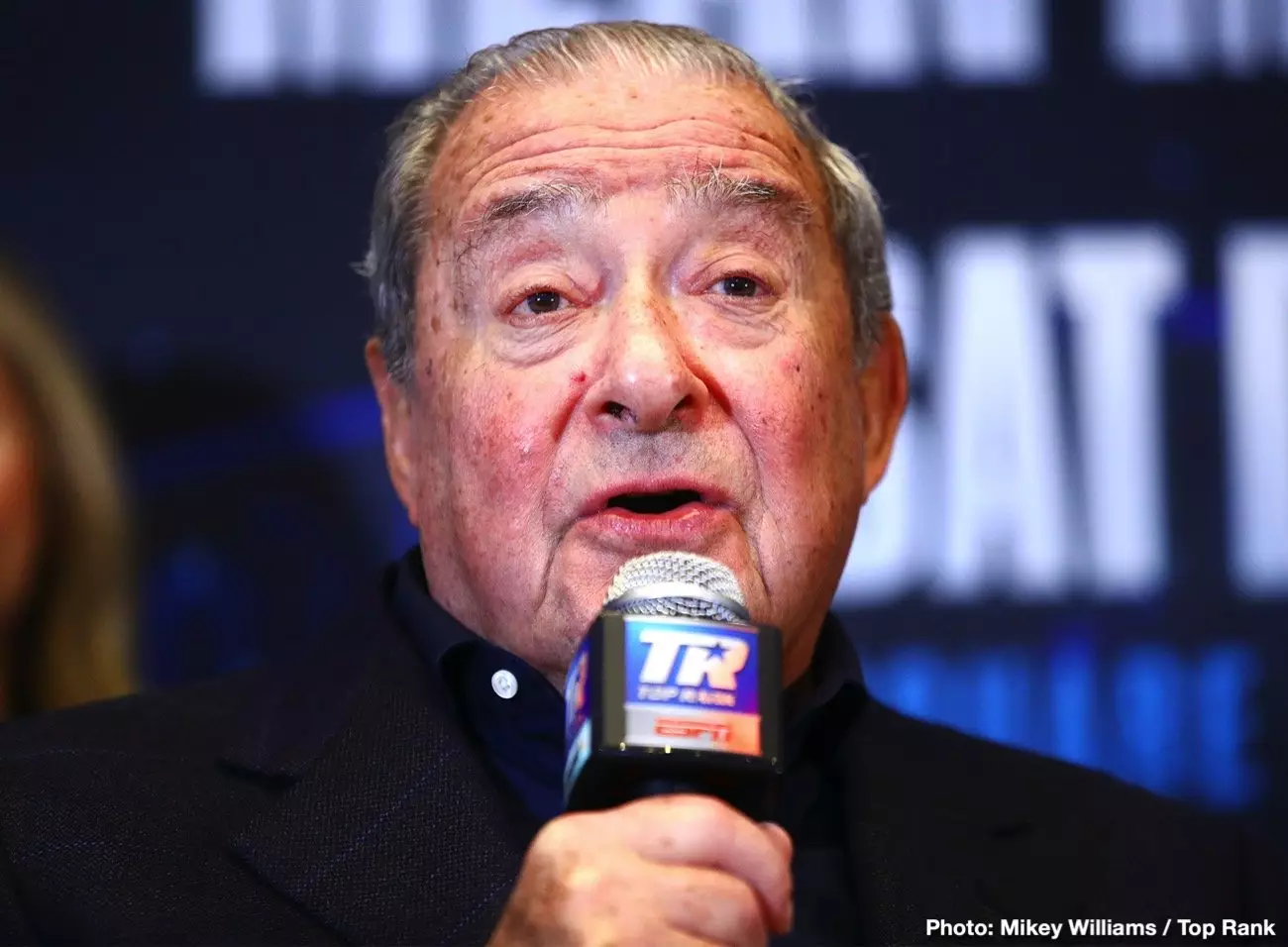In recent discussions surrounding the upcoming fight between Teofimo Lopez and Subriel Matias, Bob Arum, the prominent Top Rank promoter, expressed his hesitations regarding the event’s inclusion on pay-per-view (PPV). The reluctance stems primarily from concerns over piracy and the lack of both fighters’ drawing power. Lopez, despite once holding the WBO light welterweight title, has struggled to capture audience interest since his loss to George Kambosos Jr. Subsequently, Arum suggests that instead of airing this fight on the PPV platform, it may be better suited for regular ESPN broadcasting.
The Decline of Audience Engagement
Lopez’s situation highlights a broader issue in the boxing landscape. Having earned two world titles, his recent performances have not resonated with fans, leaving promotional companies with the dilemma of promoting a fighter who appears less marketable than before. The diminishing interest in Lopez’s fights can be attributed to a variety of factors, including disappointing match outcomes and inconsistent promotional efforts. This burgeoning trend forces promoters like Arum to reconsider the traditional methods of airing fights, especially when piracy threatens their revenue streams.
Arum’s concerns about piracy underscore a significant challenge plaguing the PPV model. Viewership numbers reflect a stark reality: many boxing matches that once garnered high sales now struggle to attract fans willing to pay. The shift toward a more accessible format through regular ESPN broadcasts could enable them to reach a broader audience, albeit it may not align with Arum’s initial vision. As he aptly noted, “I’m not so enamored with pay-per-view … so few people buy them now,” encapsulating the sentiment that boxing must evolve beyond a rigid pay-per-view structure to survive.
This situation shines a light on a critical aspect of boxing promotions: fighter marketability. In recent years, promoters have often opted to feature fighters on PPV platforms who have yet to develop robust fanbases. For example, Gervonta Davis entered the PPV arena early in his career without sufficient backing from a loyal audience, resulting in disappointing buy rates. This pattern emphasizes the need for a strategic approach to promoting fighters before placing them behind a paywall, ensuring that the audience’s interest is cultivated over time.
The upcoming match between Lopez and Matias serves as a case study in the evolution of boxing promotion in the face of changing viewer behaviors and piracy challenges. As Arum navigates these waters, the imperative right now is not merely about placing fights behind pay-per-view systems but about recognizing the significance of audience engagement and the need for compromise between traditional promotional methods and modern-day strategies. Ultimately, the boxing industry must adapt if it hopes to retain its audience and thrive financially, harnessing the potential of platforms that reach a wider demographic rather than relying solely on traditional PPV models.


Leave a Reply